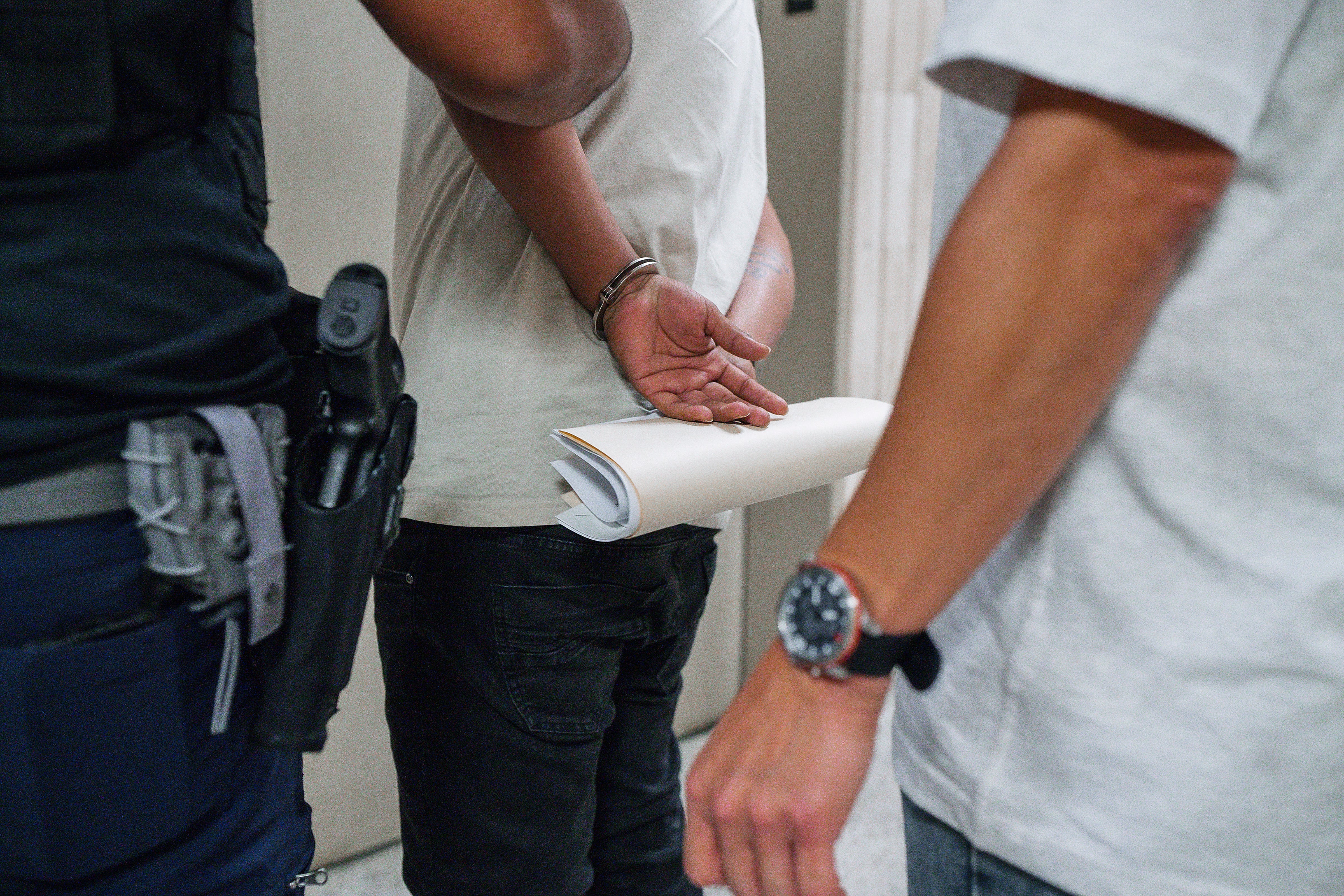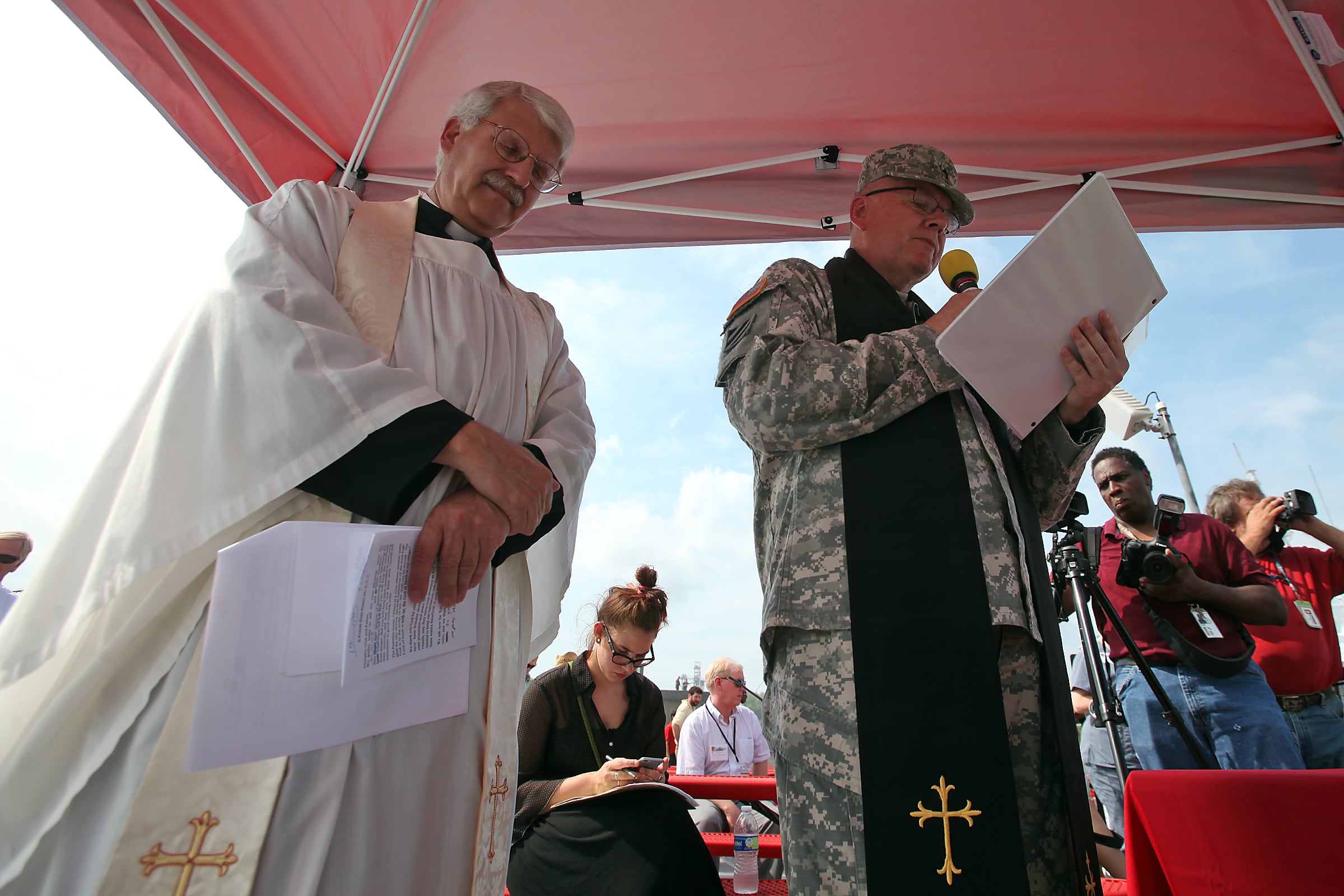Chief of Naval Operations Adm. Jon Greenert oversees everything from the Navy's forwardfoward-basing strategy to the uniforms in your seabag. Over three years, he has grown the size of the forward-deployed force, to include moving four destroyers to Rota, Spain, for ballistic missile defense missions, as a way of keeping ships closer to the theaters where they're needed.
In a wide-ranging March 24 interview, he spoke to Navy Times about forward-basing, uniforms, fitness and more. Questions and answers have been edited for brevity.
Q. The new maritime strategy boosts the number of forward-deployed ships, from 97 today to 120 by 2020. How much of that is forward-basing and how much of that is routine deployments?
A. The vast preponderance of that is forward basing. We will take an example of the Western Pacific. Today, we have roughly 50 ships in the Western Pacific, of roughly 100 around the world. Forty of those 50, and I am using round numbers, Danny will give you the specifics,are either the forward deployed naval force – We call that non-rotational. That is forward based; forward stationed, or the forward FDNF, Forward Deployed Naval Force.
Continuing the Singapore initiative that is on track, as you know, the [littoral combat ship] Fort Worth is out there, and that is going pretty well. We will finish the Rota [Spain] initiative to FDNF there. We are looking at Bahrain still, in the 2017 time frame, to start changing out the mine countermeasure ships and the [coastal patrol ships] PCs with an LCS and mission modules accordingly. It plays a big part in the future, still.
Q. As someone who has been through a lot of physical fitness assessments, what kinds of changes would you like to see?
A. I told the chief of personnel to make sure, when we talk to our people, that there is a foundation that is very clear to them. Number one, we want our kids to be healthy and fit. ... Number two, what is a fit sailor, for the purposes of being a sailor? Why do we need them to be at a certain fitness level?
Q. Sailors are more into weightlifting than they were decades ago when these standards were written. When you are talking about healthy lifestyles, are you open to adjusting BCA, but leaving PRT where it is at?
A.Yes, I am open to that. The body types of America have changed.
Q. There is a lot going on with uniform development right now, from lightweight NWUs to the cold weather parka. What can sailors expect to see in the coming years?
A. I think the chief of naval personnel laid out pretty clearly what he is bringing forward. I said to bring it forward, and let's take a look at it. It has to be functional. It has to be durable enough. It has to be comfortable enough for them to wear. It has to look sharp. I am sort of open to the kinds of changes. Some of these things I will direct every now and again. "Hey, we need this." I get feedback on the areas that I just described there. As opposed to me going through all of that, the CNP just did that for you. Those are my tenets.
Q. Almost three winters have passed since you asked the service to develop a parka for cold climates. We are told sailors won't have it before this winter. Are you happy with the progress you have made on uniforms?
A. No, not on the parka. I want it this coming winter, for all the reasons you stated. You have heard the old saying, "You want it bad, you get it bad." I do not want [to get] it bad. It is a tug of war.
Q. Do you have a professional relationship with the Iranian Navy, and perhaps with the Iran's Revolutionary Guard corps?
A. I have met the chief of the Iranian Navy a couple of times. We have chatted, but I do not have what I would call a professional relationship. I will say that the Iranian Navy has been professional and courteous in the interactions we have had out there. It has been that way for a good two years, actually.
The IRGCN, the Revolutionary Guard, we do not see them much. They are different. They are not the Iranian Navy. Most of our issues in the past with Iran, maritime, have been issues with the IRGCN.
Q. About three years ago, you tightened the command screening standards for prospective COs. What changes have you seen since?
A. What we said was that for every community that defines a commanding officer, you have to have a deliberate process of screening and training your commanding officers. We let the community set the standards to meet.
Performance-wise, the feedback we get [is that] , particularly in those others, we have a more confident [officer] going in there and not trying to figure out this newfound thing called command. It is not such a shocking and overwhelming item, especially outside the mainstream. You get into performance and ask how that portends itself to performance. We are still a little early into that, but if you measure it by [CO] firings, they are going down. In 2012, we had 25. In 2013, we had 21. In 2014, we had 18. I do not know that there is a cause and effect there that I can directly relate to it.
Q. Not long after a new surface fleet boss took charge, he asked all his COs to re-read the "Charge of Command" memo from 2011. I wonder if that was in response to some of these high-level firings that have happened?
A. When we put the Charge of Command together, we found to our dismay that some number of those who had misbehaved or had not performed did not meet the standards. They said they did not know ... you fill in the blank. We were saying, "Okay, it is in regulations, but let's reset, then see if they understand, very clearly with you and your boss, that this is the covenant? This is what we charge you with, the uniqueness of this."
I have talked about it in this room all the time, about firings. We hold our folks accountable to very special positions, different from anyone else that gets command in any of the other services.





